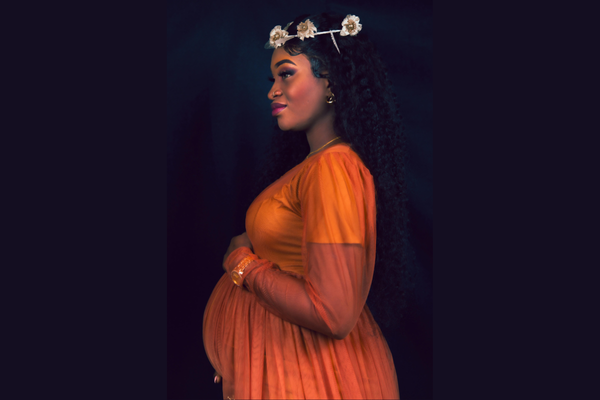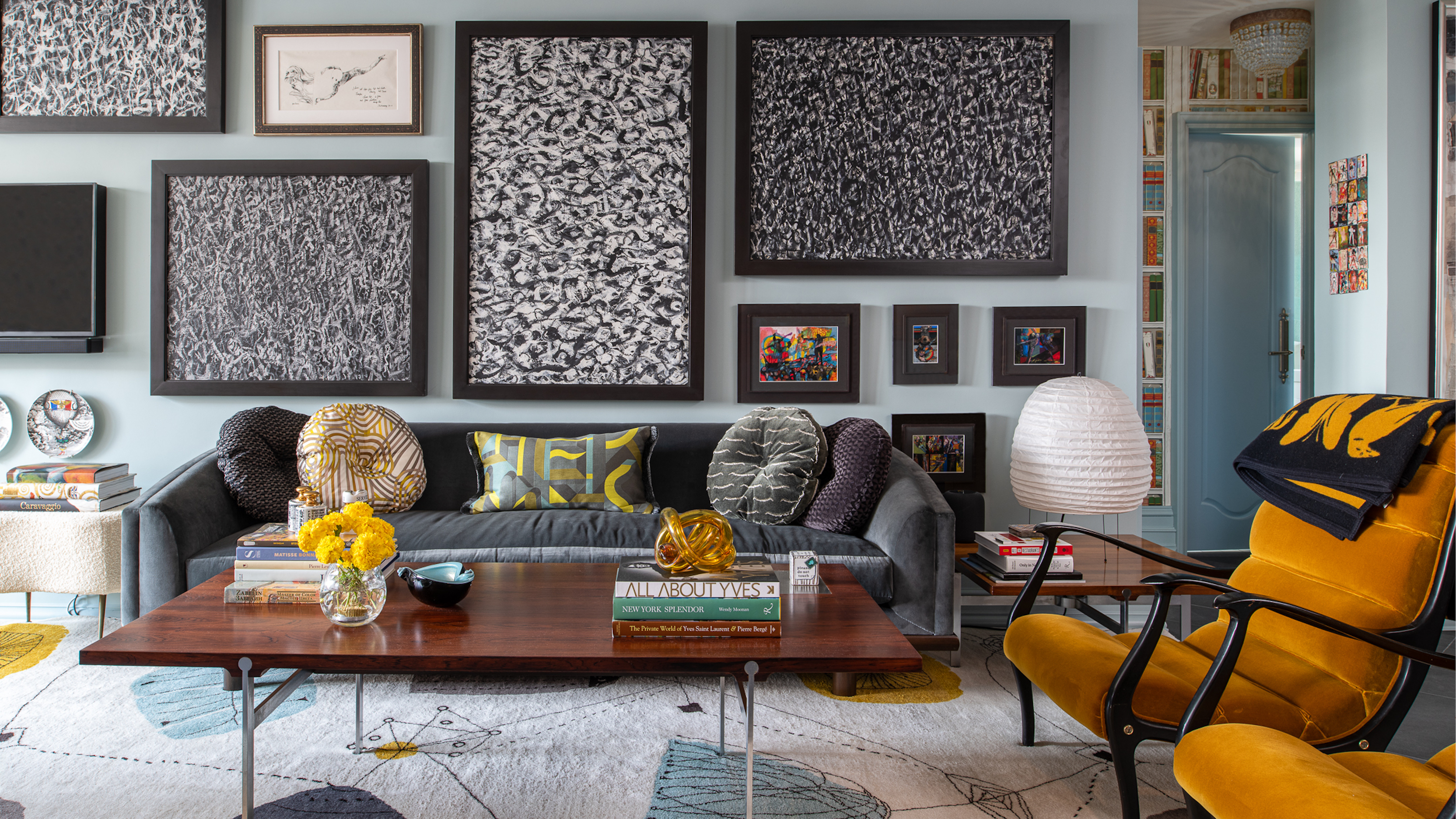
Retro, vintage, and antique furniture and decorative accessories all have the potential to add character and interest to interiors. But while these words are sometimes used interchangeably, their meanings are different.
Knowing what each label designates will help you to create the desired look in a room design. It can also aid in budgeting for interiors, as you understand the age range of items involved if you choose to decorate with antiques or opt for the other categories.
Here, we’re explaining what each term means, and we’re also lining them up head-to-head to illuminate their differences and what they can bring to a room whether you decide to decorate with vintage, add a retro twist, or go antiquing.
Retro, vintage, and antique – the definitions
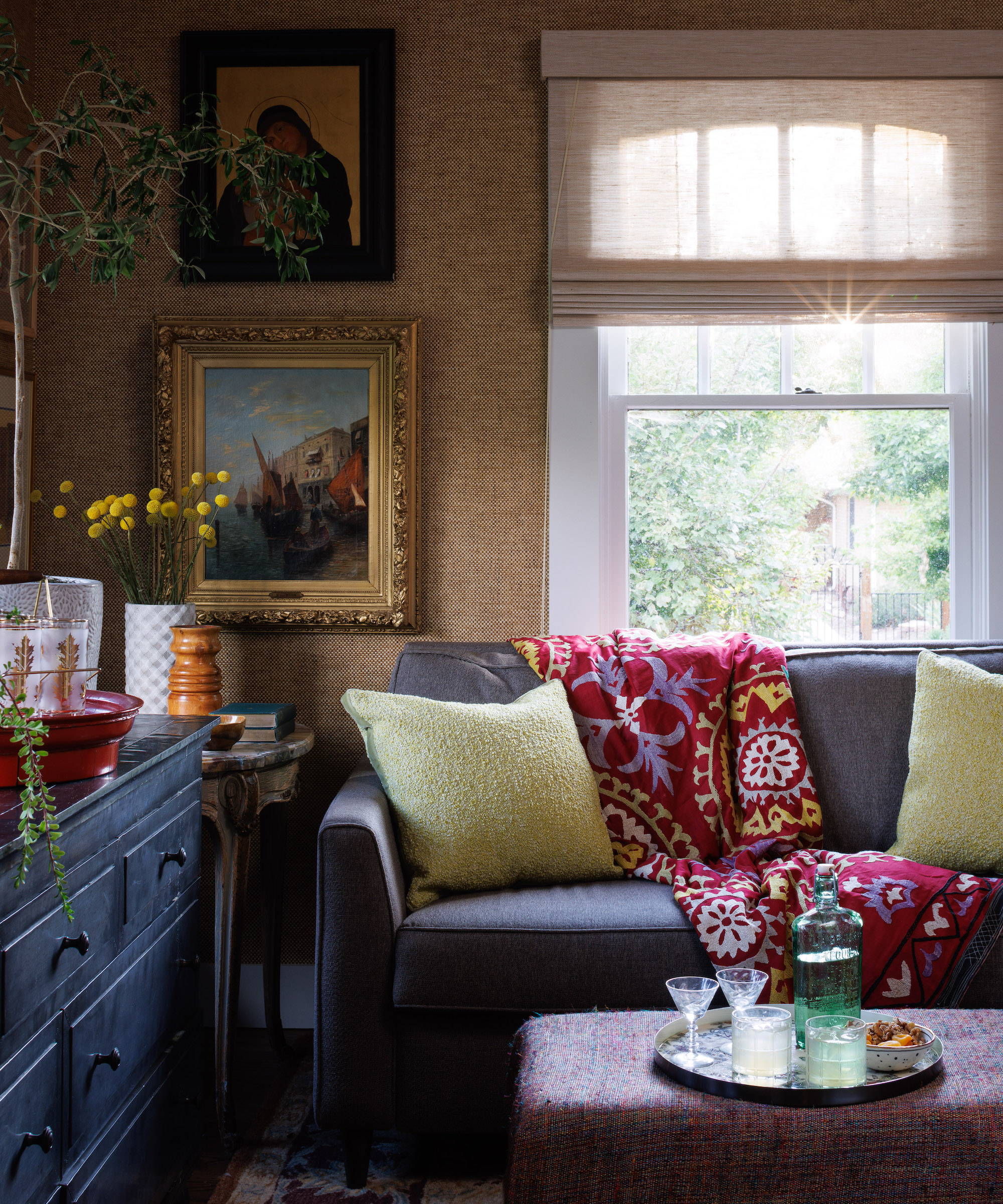
Retro, according to Merriam-Webster, means relating to, reviving, or being in the styles and especially the fashions of the past. In other words, these items could be newer or older. It's quite a vague term. But what about the way the word is typically used in interior design? ‘Retro refers to items from or inspired by recent past decades, often the 1950s through the 1980s,’ explains Nadia Watts of Nadia Watts Interior Design. ‘Retro pieces are bold, playful, and graphic, perfect for adding a fun, unexpected twist to a more traditional or neutral design,’ she says.
Vintage designs aren’t of a universally agreed-upon age, but the answer to the question of how old is vintage is typically that it designates pieces at least 20 years old. ‘Vintage can mean something from the 1980s in the contemporary design family to 1950 to 1960s mid-century modern and anything in between,’ says antique dealer Willow Wright, owner of Urban Redeux. ‘Because of the vast time period that true vintage covers, you can imagine the possibilities of using vintage decor in a space. I can’t think of a single design style that wouldn’t be able to incorporate a piece of vintage decor.’
Antique pieces are generally agreed to be at least 100 years old. Antiques you should be collecting, according to the experts, might be lighting from the end of the 19th century, or more ancient room dividers, for example. ‘Antique furniture pieces tend to have characteristics like hand-carved details, perhaps a heavy patina, and in general bring a sense of weight to a space,’ explains Willow. ‘These types of pieces work well in formal spaces or designs leaning towards traditional or grand millennial.’
Shopping for these pieces? Etsy offers vintage as well as some antique furniture and decor, plus retro designs; Chairish features rare vintage and antique pieces; and you can browse 1st Dibs for vintage and antique options.
Retro vs vintage
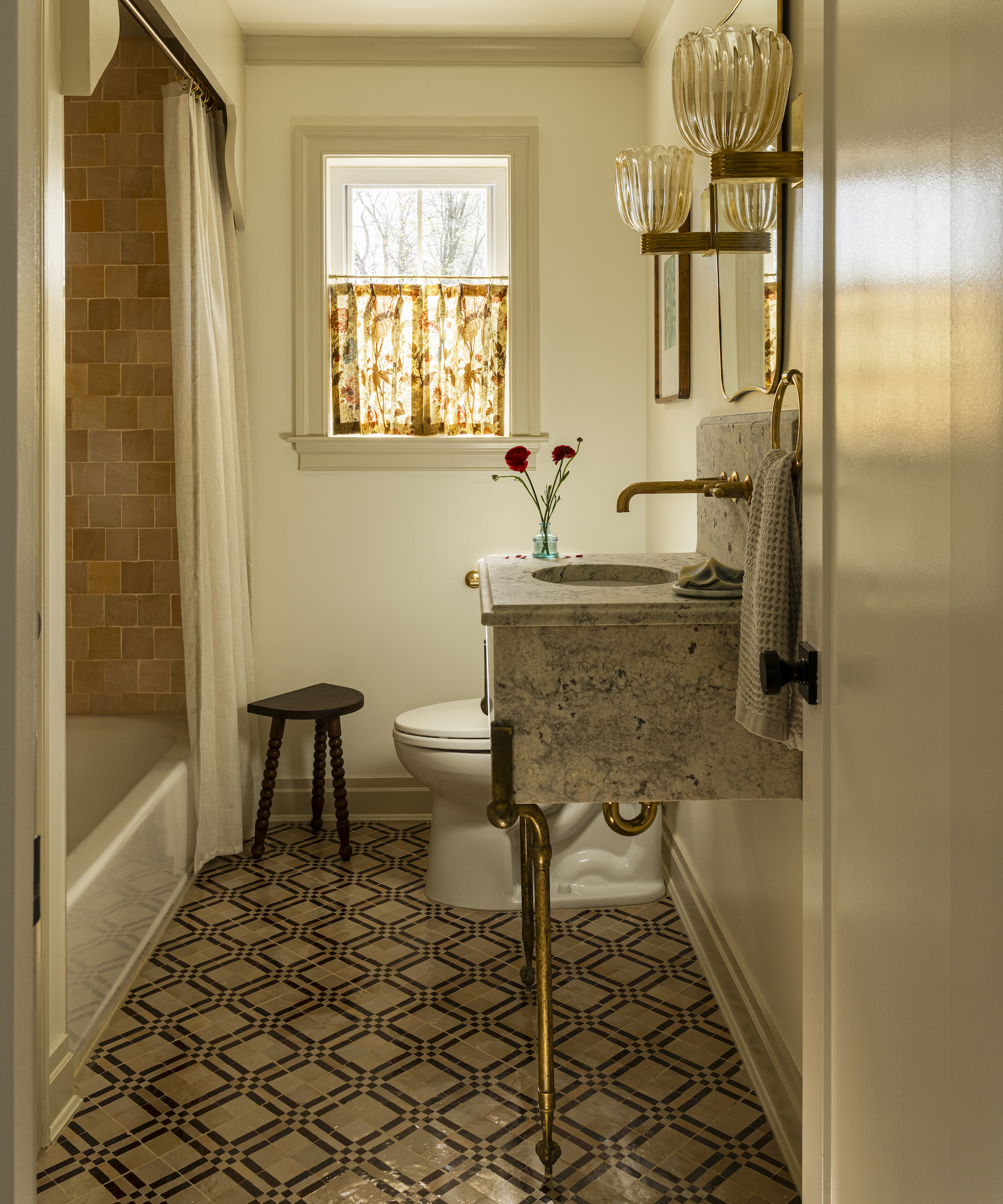
In lining up retro against vintage, you’re comparing items that are suggestive of an era, but that could even be brand new, against those that are, in most experts’ definition, at least 20 years old. But what should you be aware of in choosing between retro and vintage trends?
‘Retro decor is not defined by the age of the object, but rather by the feeling it evokes,’ says James Yarosh, interior designer and gallerist at James Yarosh Associates.
‘I think every space, albeit with all new furniture, if you really look at a piece, it usually has an element to it that would be considered retro that speaks to the past,’ points out Cara Shahbandi of Stanton Home Design. ‘This brings nostalgia and feeling to a room which is what makes a space feel special and not just look special.’
As an example, Cara notes the mosaic floor tile she used in the bathroom above. ‘I would consider it retro because of the colors and the diamond pattern,’ she says.
Vintage items, meanwhile, are defined by their age. ‘They often represent the style and trends of a particular era – think mid-century modern chairs or 1970s lighting,’ says Nadia Watts. They, too, evoke nostalgia, but there is charm inherent in their being authentically of the period.
Be aware that vintage pieces can themselves have retro style. ‘The Italian Murano glass and brass sconces I used in this bathroom project are vintage from the 1990s but are in an Art Deco style, which of course is taken from the 1920s to 1940s era,’ explains Cara. ‘This particular item is a great example of retro but also technically vintage!’
Vintage vs antique

Vintage and antique are, by most definitions, over 20 or over 100 years old, respectively, but opting for one or other might be a matter of intention rather than all about age.
‘Vintage decor captures a kind of nostalgia in design, but the term is used to describe items that are genuinely sourced from a specific era,’ says James Yarosh. ‘The term is fairly broad, but most typically refers to items that are at least 20 years old. Authentic vintage items bring a more formal or proper style of nostalgia to a home.’
Antiques, however, are something you might wish to become a connoisseur of, he suggests. ‘The term antique generally refers to pieces that are over 100 years old. These items are appropriate for serious collectors who want to showcase their deep interest in a historical era,’ says James. In the project shown above, James incorporated period antiques worthy of a collector.
As a starting point? You might want to begin by being inspired by antique trends, including that for tapestry, which, in the room above, is the centerpiece of the floor.
Antique vs retro
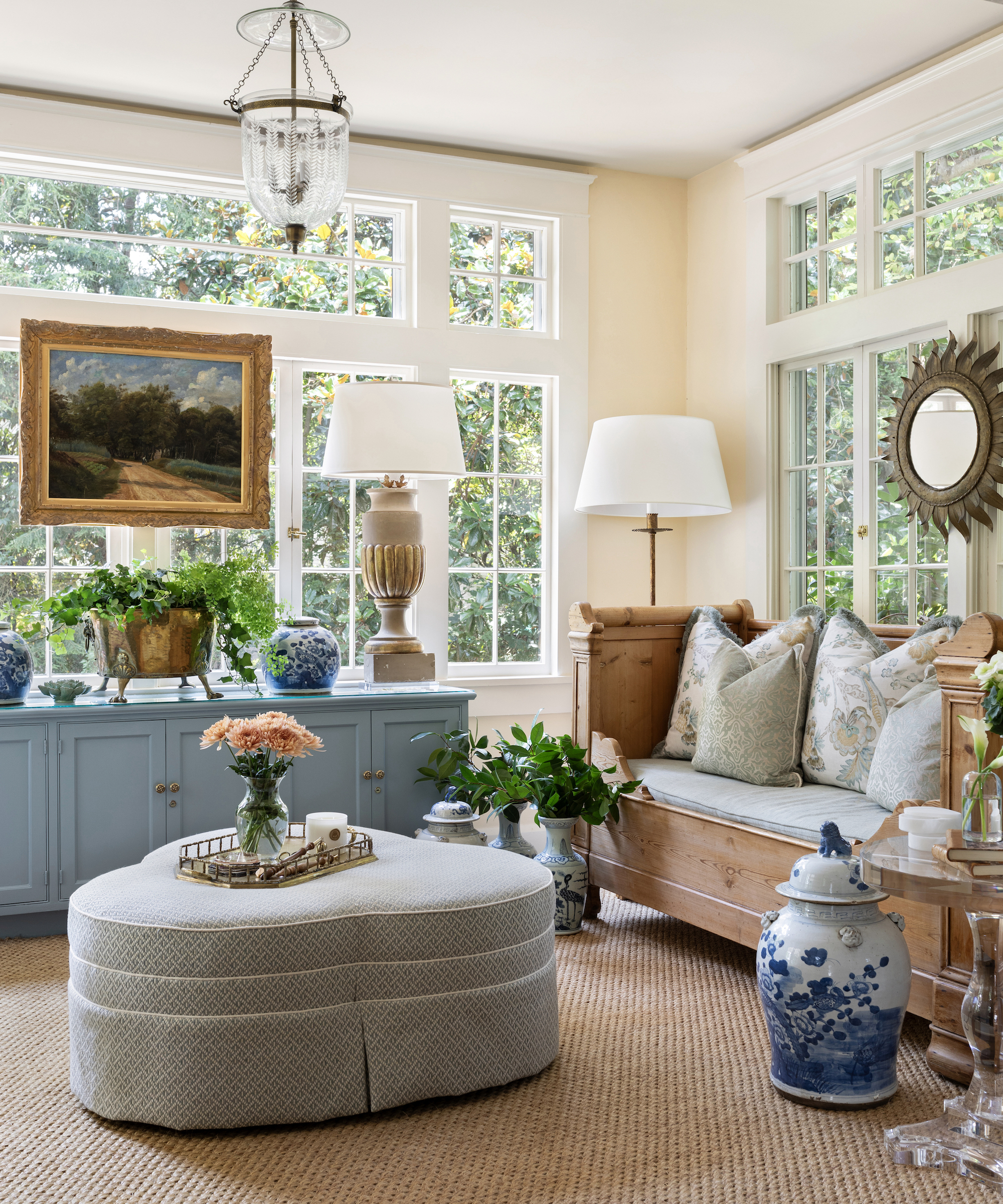
A comparison of antique vs retro shows what different effects the genuinely old and the style of recent past decades can have.
‘If you are going for an elevated or sophisticated interior design aesthetic, you will likely want to incorporate antiques versus retro items,’ says Debbie Mathews LeRoy, founder, principal designer, and antique dealer at Debbie Mathews Antiques & Designs. ‘Antiques often bring with them provenance, skilled, or bench-made craftsmanship, and superior quality.
‘Retro items tend to be less than 15 years old, and some can even be brand ne,w like reproductions of pieces from the past,’ she notes. ‘They are often a bit more whimsical, which can be perfect for a more playful or casual aesthetic.
‘If you are looking for significance and authenticity, then antiques are probably what you are after, as they can add a depth and richness to your decor with a patina that has taken years to cultivate. If you are simply wanting a nostalgic nod to the past, then retro items might fit the bill as these items are likely easier to source and are much less expensive.’
Understanding the difference between retro, vintage, and antique can help you create the aesthetic and mood you want in a room and allow you to check out appropriate dealers, marketplaces, and stores. But while it’s great to be able to buy knowledgeably, above all, our advice is to opt for the pieces you love for your home, whichever definition applies to them. There's no right or wrong here.




